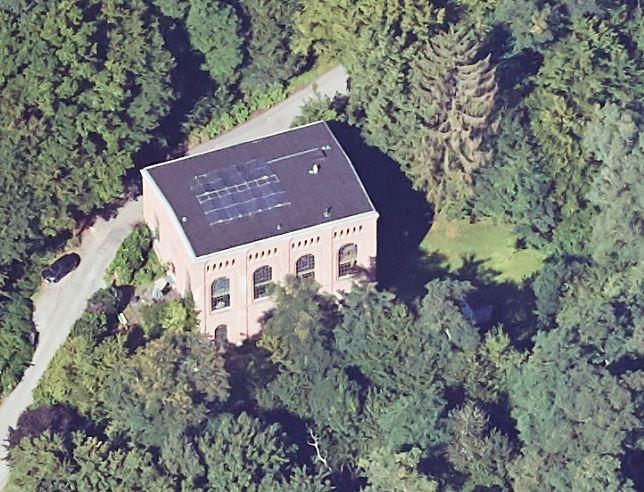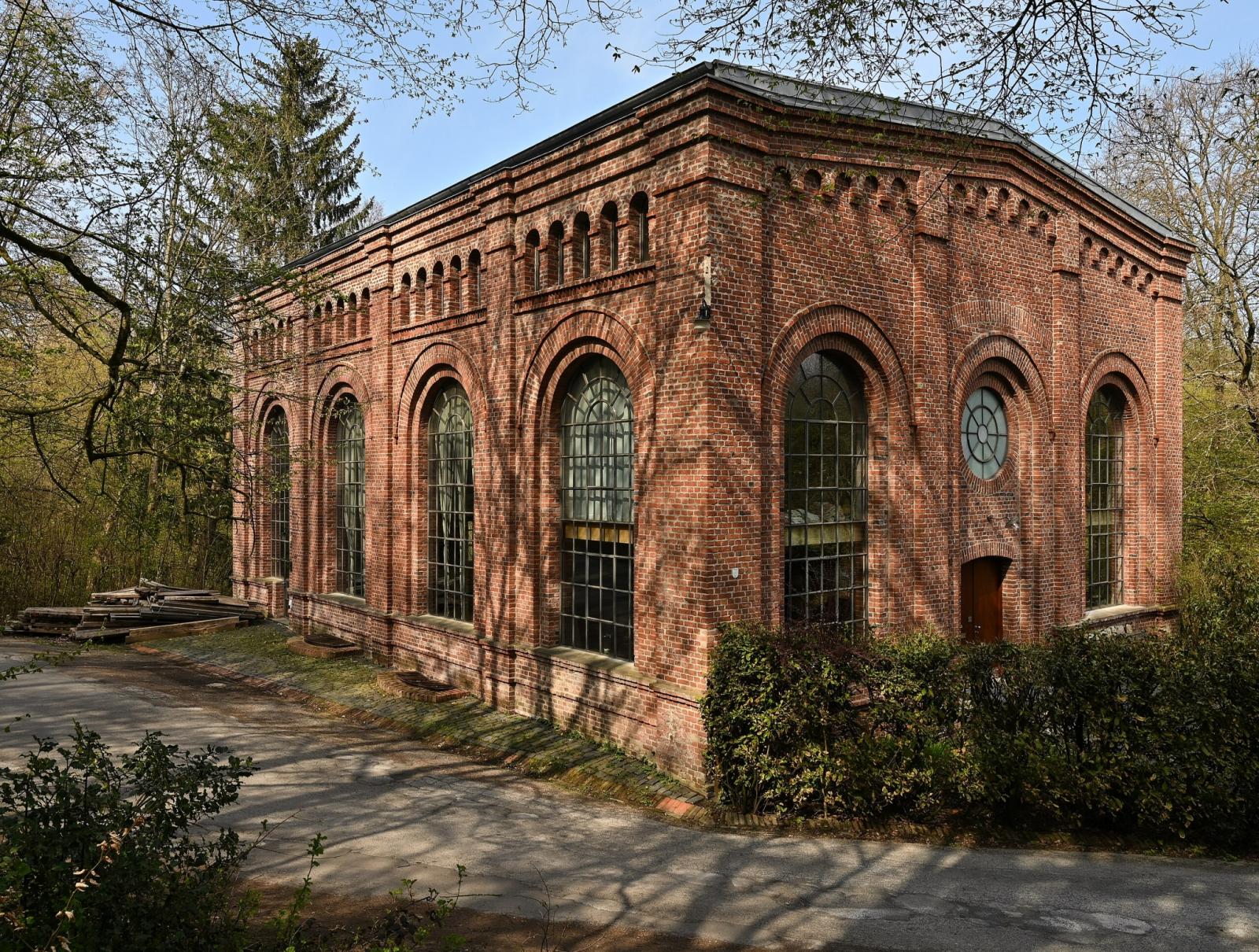
© Foto: Tuxyso; Lizenz: CC BY-SA 4.0
© RVR, 2022, dl-de/by-2-0
Polterberg 10, 44879 Bochum
Icon legend
![]() This icon indicates an awarded building
This icon indicates an awarded building
![]() This icon indicates a listed building
This icon indicates a listed building
![]() Projects with this logo are on the UNESCO World Cultural Heritage list
Projects with this logo are on the UNESCO World Cultural Heritage list
![]() Project has been converted, renovated or extended
Project has been converted, renovated or extended
x close
![]()
![]()
![]()
1890/1999
Architekt Dipl.-Ing. Hans-Peter Anders | Architektur Anders
(conversion / renovation)
Advanced search with more criteria
Total projects: 483
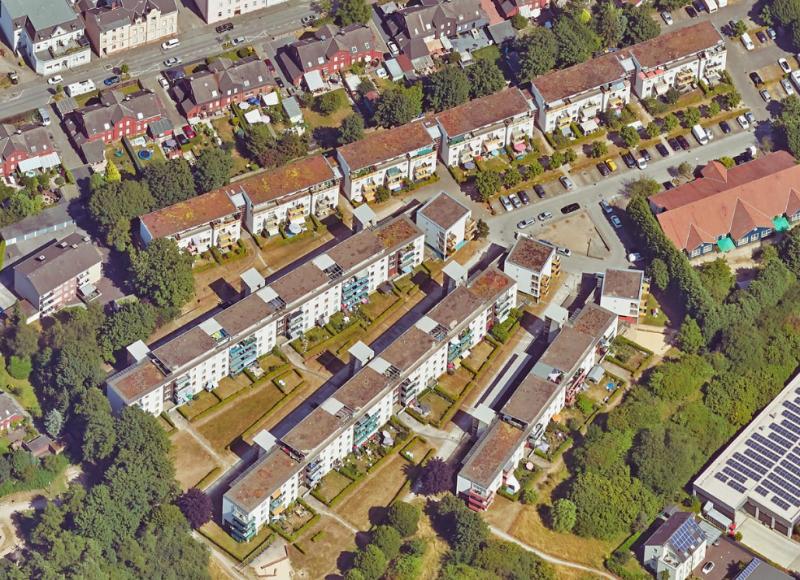
44879 Bochum
Distance: 1.76 km
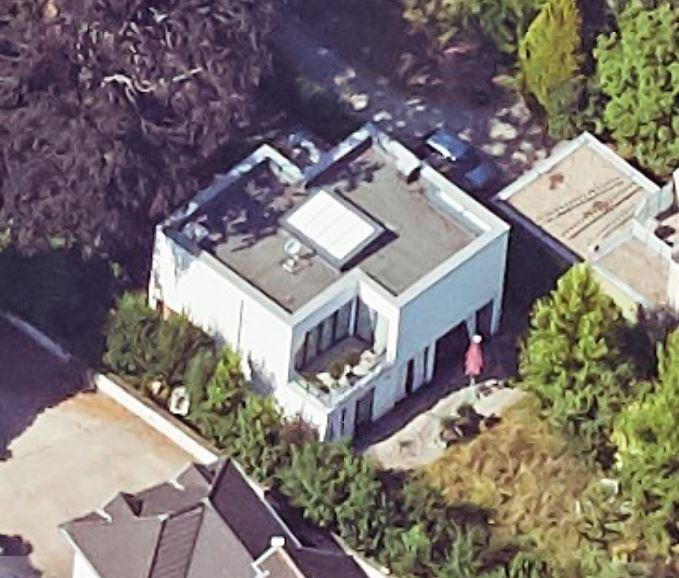
45525 Hattingen
Distance: 3.53 km
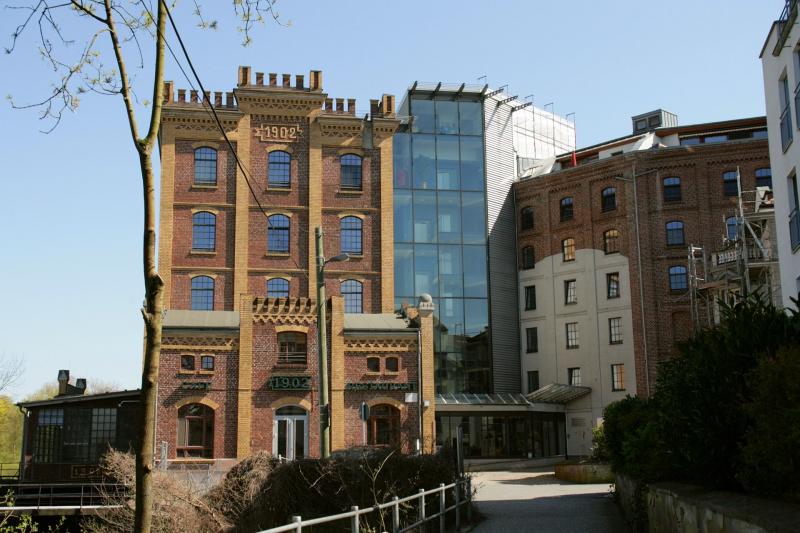
45525 Hattingen
Distance: 3.60 km
Zeche Hasenwinkel (a pit) is among the oldest the mining industry in the Ruhr area can call its own. This area was mined as early as before 1698, here in Sonnenscheiner Stollen (gallery). Hasenwinkeler Stollen was mined from 1732 to 1772.
In 1926, the pit became part of Vereinigte Stahlwerke A.G., which decided to shut down Zeche Hasenwinkel, since at the time forge coal sales were economically ungratifying.
The machine shed of the Julius Philipp mining shaft of the Hasenwinkel drift-mining pit at Polterberg 10 is from around 1890. It was converted into a residential building after the pit had been shut down in 1926.
The Zeche Hasenwinkel machine shed is an important mining monument and documents the history of Zeche Hasenwinkel as an example of the transition from gallery mining to industrial drift mining.
Until 1997, seven makeshift accommodation flats existed in the former machine shed.
The shed was divided into small, dark rooms. The machine shed was to be sold. The concept “living and working” in the machine shed convinced the City of Bochum and the authorities for the preservation of historical monuments.
All walls but two were demolished and replaced with a steel structure. The few new rooms feature frame-work partitions that can be removed again any time.
The machine shed’s exterior was restored, at least as far as this was still possible. Inside, the selection of materials and an open plan was supposed to reference the former industrial use. Its ever-present past notwithstanding, we now see a modern building, not only in terms of its design, but also in terms of HVAC. The building features a rainwater separation system for rainwater-fed toilettes and washing machines. The shed is heated with a gas-powered fuel-value boiler and a thermal enveloping surface system, which features water pipes in the external walls to heat the building in a very energy-efficient manner. Such HVAC was always supposed to make for an efficient use of such an industrial monument. As Zeche Hasenwinkel was demolished in 1926 and the site had turned into wasteland, the shed is right in the middle of a green spot here in the Ruhr area. The restoration of the machine shed returned to this district of Bochum (one part) of the only symbol of the mining industry it ever had.
It is not known who planned the shed. It was built around 1890. The former machine shed was restored from 1997 to 1999.
Awards:
Auszeichnung guter Bauten 2000 (BDA Bochum), Auszeichnung
Author: Hans-Peter Anders
Text last changed on 17.05.2023
Categories:
Architecture » Commercial Buildings » Industrial
